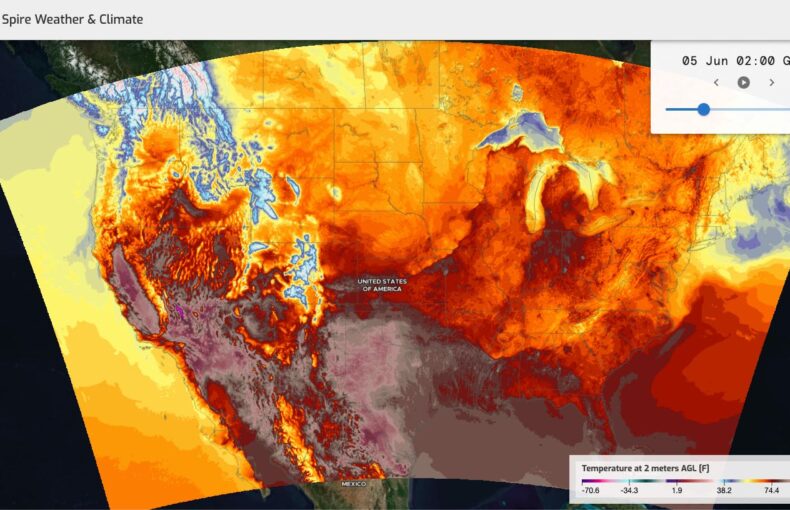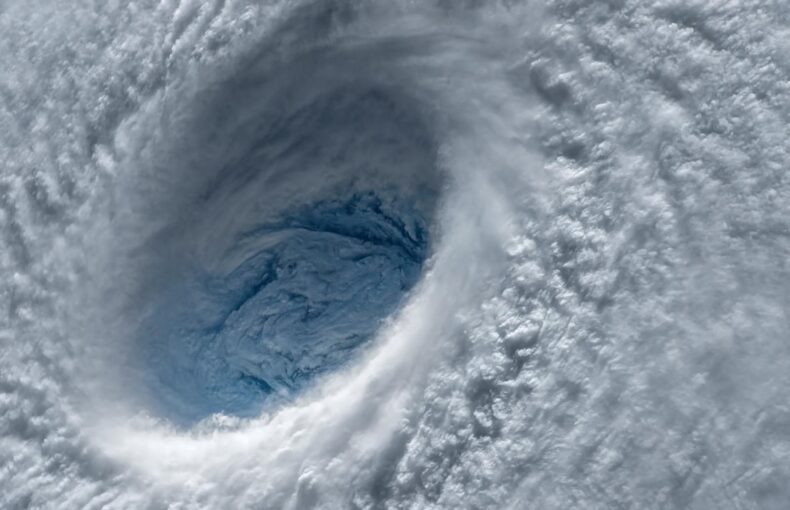Shattered heat records and extreme weather events in 2023
In recent weeks, weather temperatures have shattered heat records, sending the world into uncharted territory and raising concerns about extreme weather events in the coming months.
On July 3, the world experienced the hottest day ever recorded globally – an average temperature of 17.01 degrees Celsius (62.62 degrees Fahrenheit).
Surprising everyone, this record was broken not just once, but three more times in the subsequent days. Reaching a final high of 17.23 degrees Celsius (63.02 degrees Fahrenheit) on July 6. One scientist even claims it was possibly the hottest day in 120,000 years.
Over 100 million Americans, over a third of the population, were under a heat advisory at some point over the last week according to the National Heat Health Information System’s website.
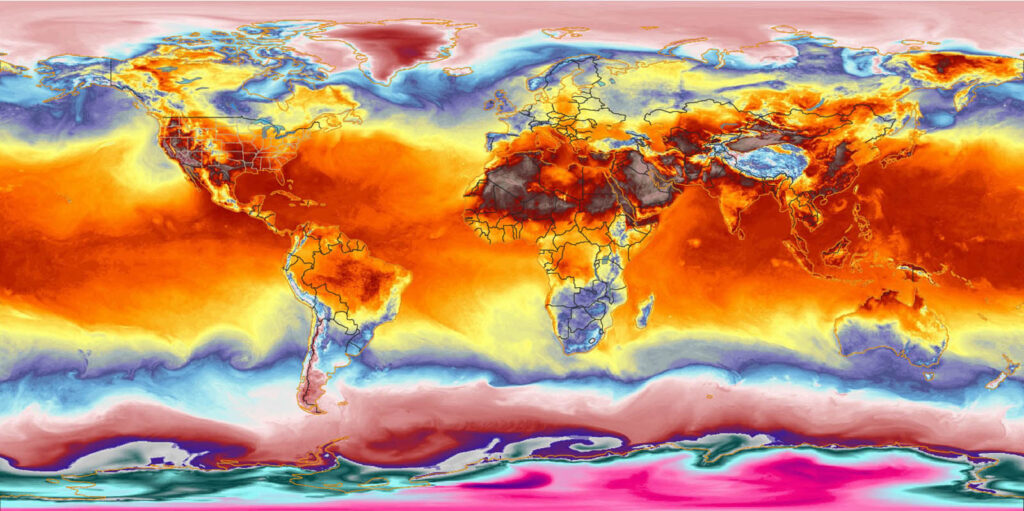
Spire Weather’s 2 meter temperature data shows heat topping out around the world, especially Northern Africa and the U.S. Source: Spire Weather
The intensifying heat is not limited to land. It extends to the sea as Spire data reveals that sea surface temperatures are continuing to rise.
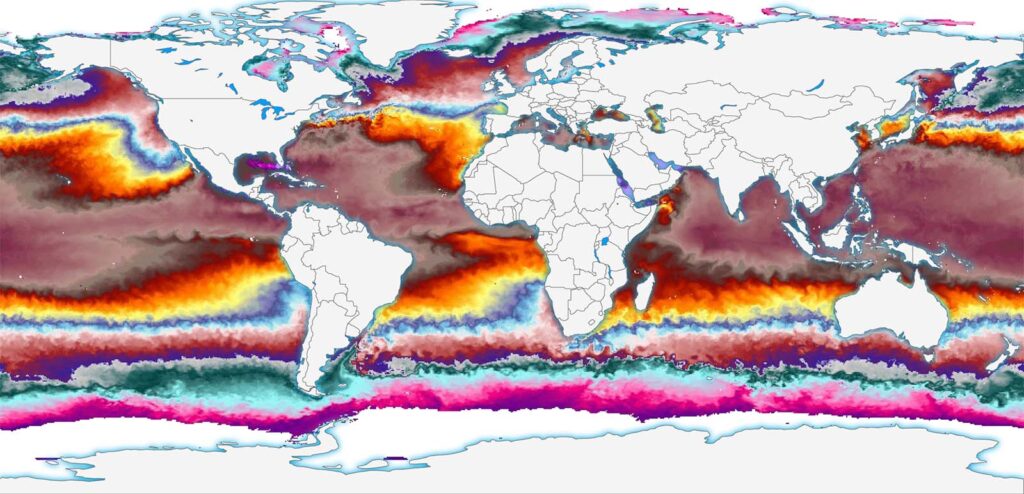
The growing El Niño is also becoming more evident through the rising sea surface temperatures off the coast of South America.
Throughout 2022, sea surface temperatures consistently surpassed the average recorded between 1982 and 2011. This year, temperatures have been steadily rising since January, surpassing previous records and reaching unprecedented levels.
Furthermore, the rapid escalation of ocean temperatures suggests that its historical role in absorbing heat from the atmosphere may be approaching a tipping point
According to the UN, the ocean produces 50% of the oxygen we need, absorbs 25% of all carbon dioxide, and captures 90% of excess heat. An increasing ocean temperature puts a strain on the ocean’s ability to safeguard the planet.
At the same time, NASA notes that hurricanes form – and are sustained – when sea surface temperatures reach above 82’F. A warming sea means more potential for sustained hurricanes.
In the United States, ground moisture levels are alarmingly depleted, hinting at a challenging year for harvests and placing additional strain on crop growth.
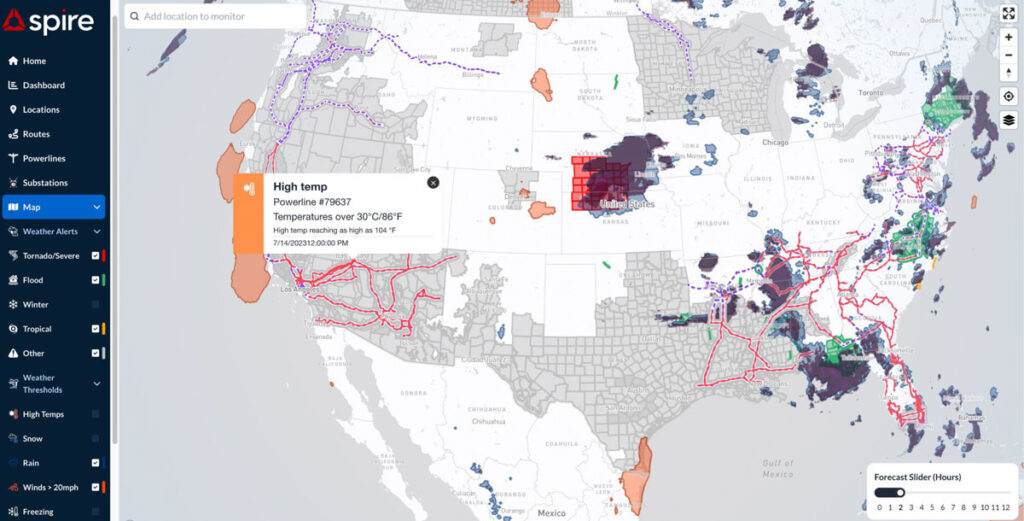
Spire’s weather dashboard showing heatwaves and severe weather patterns overlayed with power grid reports. Source: Spire Weather
Concurrently, the strain on power grid systems in heatwave-battered US states persists . Arizona has been especially hard hit with record high temperatures putting a strain on their power grid.
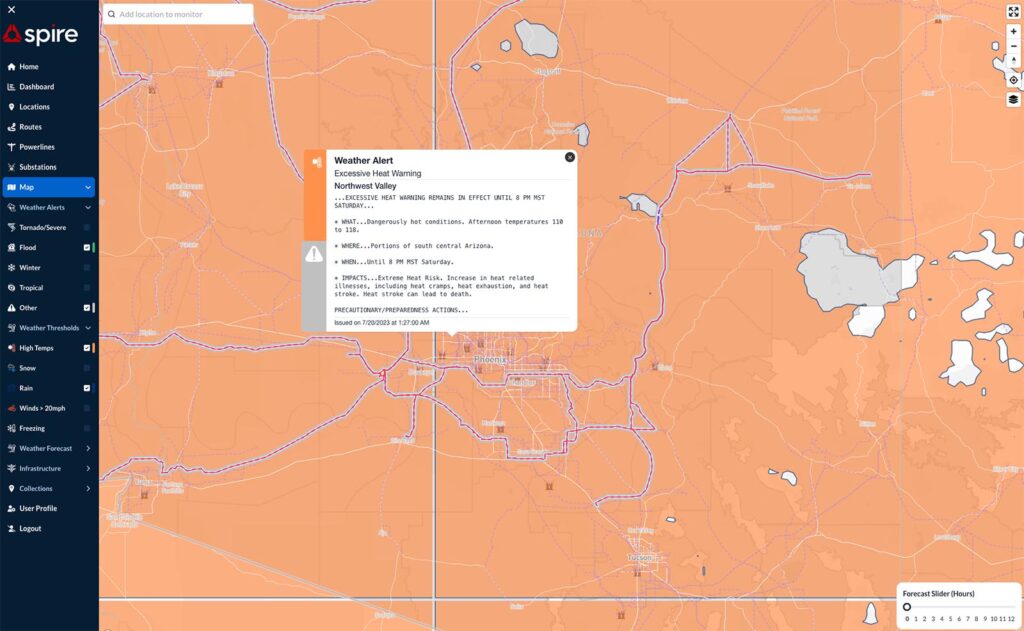
Spire’s weather dashboard showing the current heatwave impacting Arizona. Source: Spire Weather
There’s no easing of extreme weather in the foreseeable future with El Niño building in the pacific, floods, and more heatwaves forecasted for the summer.
As severe environmental patterns continue, extreme weather alerts are more important than ever for communities around the world.
The United Nations has made a commitment to ensure that one-third of the world’s population – currently without severe weather warning systems – has access to alerts within the next five years. This is vital for the 680 million people living in low-lying coastal zones where a 24-hour warning could reduce damages by 30% according to the United Nations.
 Written by
Written by
